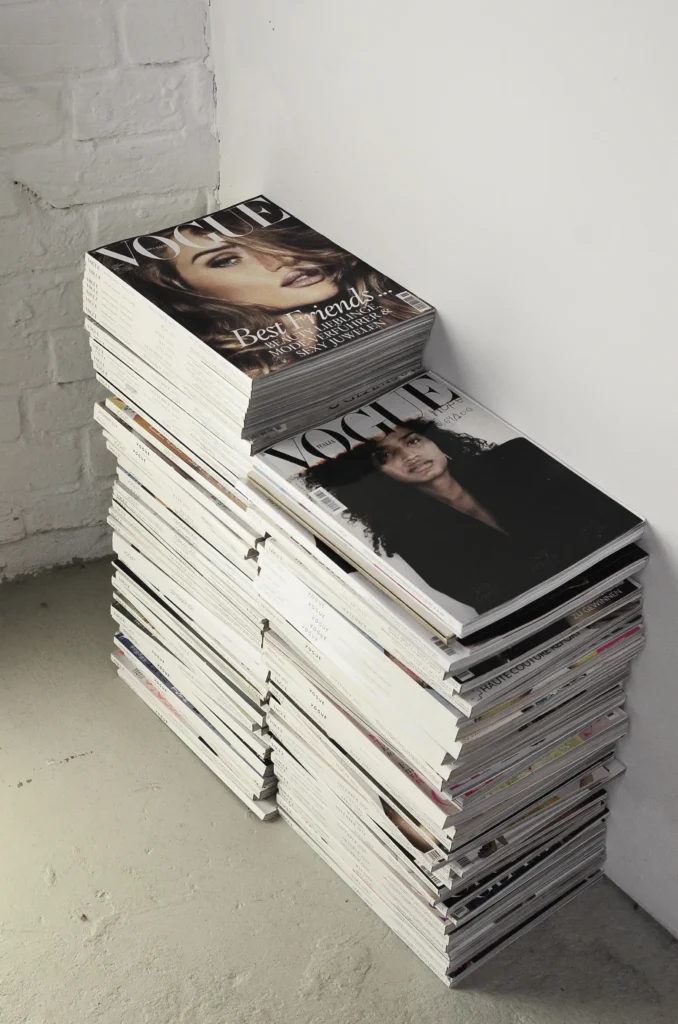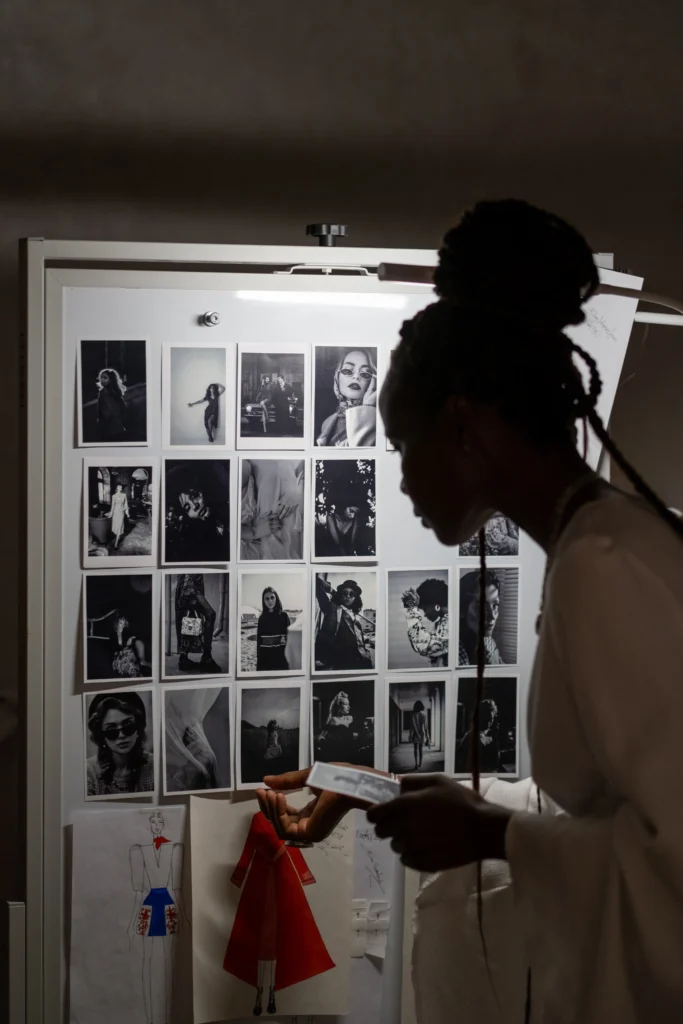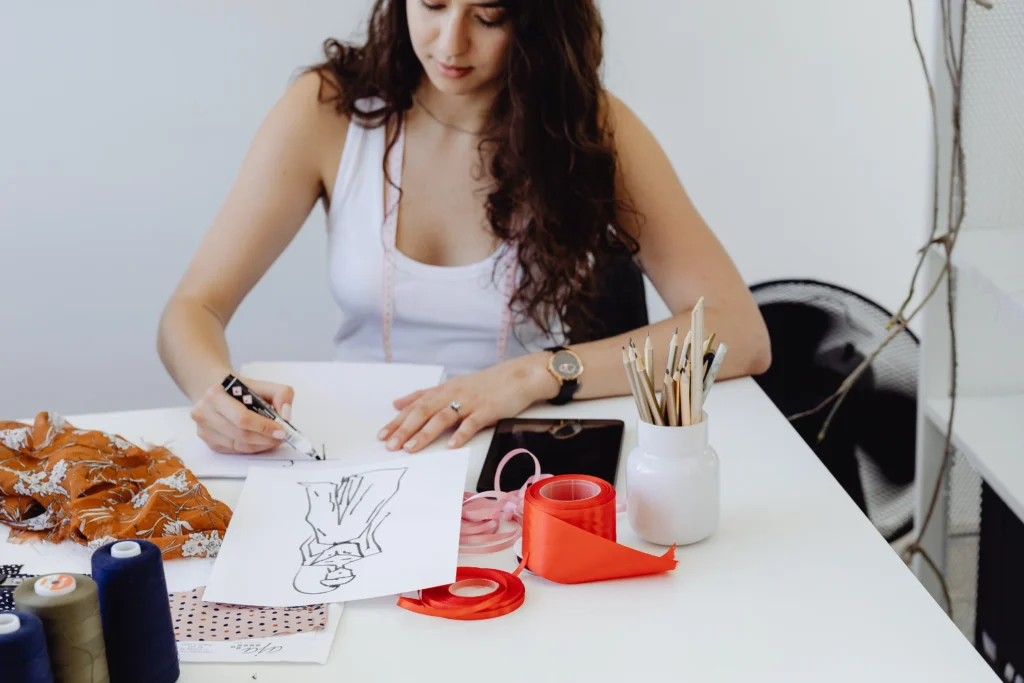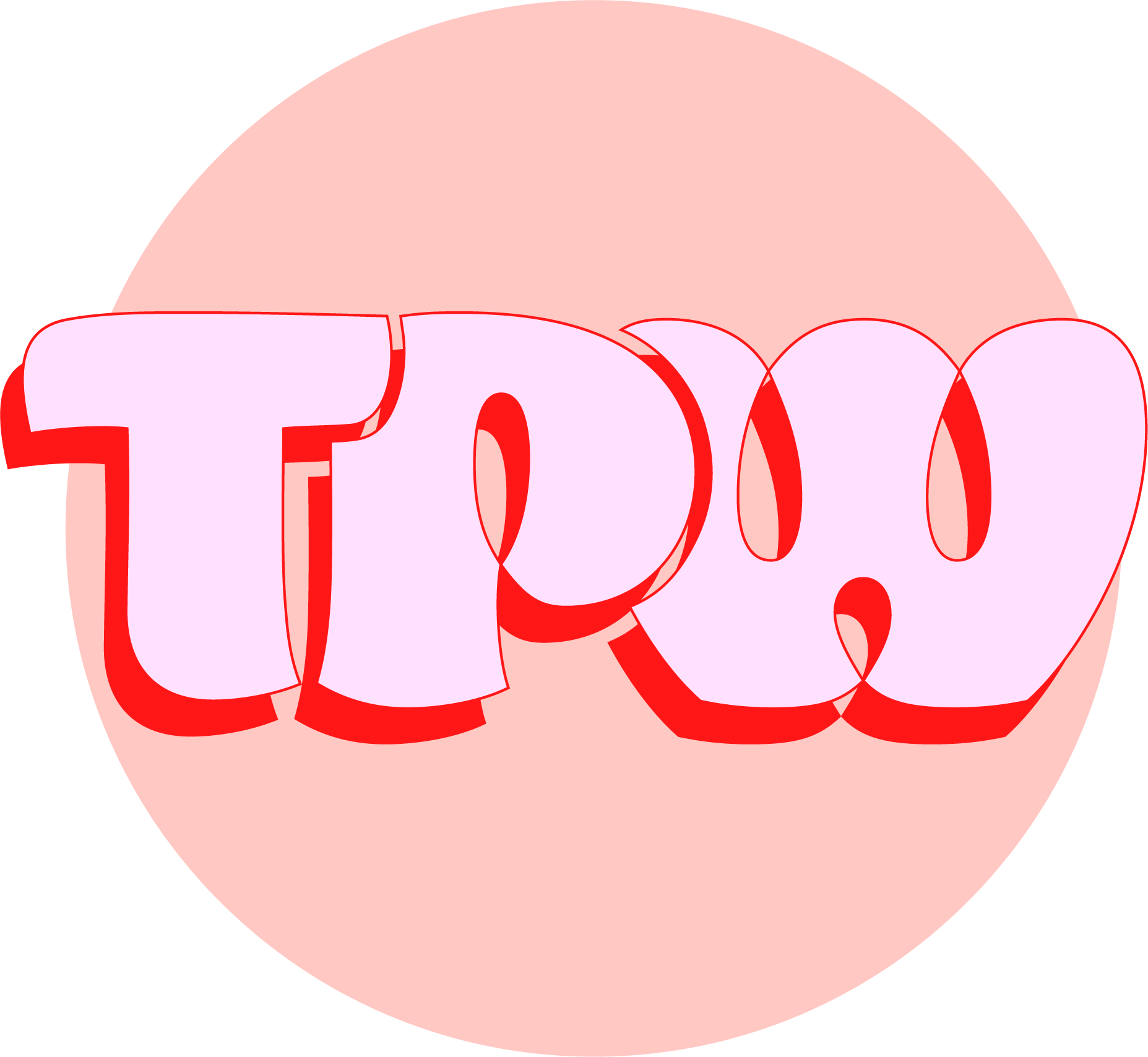We all know the basics of the design process in fashion, or at least what we’ve picked up from movies and shows like Project Runway.
Although, the Fashion design production process is not all fabric stores and late sewing nights as these shows might lead you to believe.
The Design process in the fashion industry is a truly fun and exciting experience and is basically the whole reason we are drawn to this career, right?! We wouldn’t be here if we didn’t love it and get excited by what we do.
But, as thrilling as it can be at times, the fashion designer design process is serious business that can make or break the success of your collection. Designers must get into the mindset of their target market, not just make pretty things that they feel like making.
While we can’t exactly tell you how to do fashion design, below we will review the steps in fashion design process and give you tips on how to get started today.
Make The Fashion Design Process Simpler With Tech Pack Wizard
Step By Step Fashion Design Development Process

1. Inspiration:
The first step in the Design process for fashion designers is to get inspired. This is the part where we get to play!
There are no rules to where you can get your inspiration from.
It can be something as specific as a geographical location during a certain era, or something as vague as a mindset. You are the creative powerhouse behind this direction, so direct it where you would like!
Beyond the overall inspiration for the collection, it’s a good idea to look at trends that your collection will align with.
Trying to anticipate what your customer will want in 6 months or a year from now can sometimes feel like you’re trying to peer into a *very cloudy* crystal ball.
The best advice I’ve ever heard about trend research is to look at the lifestyle and current events affecting your target market.
Will your customer be influenced by the climate of the political landscape? Have their habits and lifestyle changed due to COVID?
Looking at these things as a whole can help give you an insight into what they might want in the future.
A few places where you can look for inspiration:
- Runway
- Buying trips
- Fashion magazines
- Blogs
- TV Shows
The Fashion design creative process is different for everyone. Try out a few different things and methods until you find what works best for you.
2. Moodboard:
This is my personal favorite of the Steps of fashion design process, creating your moodboard! The countless collages made as a child certainly pays off during this stage.
Again, no set rules for this phase of the process either.
You can print off images to create a physical moodboard that you hang in sight for constant inspiration.
Or, you can save a few trees by creating a digital moodboard. This can be done on Adobe Illustrator or another platform, such as Milanote.
To create your moodboard, compile all the inspiration images you found during your research phase.
Include mood images that convey the overall feeling of your collection and be sure to add detail images such as trims or construction techniques you want to utilize in the range.
This is a great time to create your color palette for the range too, drawing inspiration from your moodboard images.

Review and edit until happy with the final outcome!
If you are a freelancer, present your moodboard to your client before starting to sketch out ideas. This way you can ensure you are on the right track with the direction of the range. Plus, clients love to see pretty moodboards from their designer!
3. Option/Line Plan:
When planning your collection, keep in mind the option or line plan (the number of pieces you need in each category, such as dresses, tops or pants).
Do you need a certain number of long versus short dresses?
Did your client specifically say they wanted to incorporate outerwear? Or accessories?
Things are the things you need to keep in mind while designing your range.
Also, ensure you maintain a good top to bottom ratio suitable for your brand. This can be helpful in increasing your average order value as customers can purchase full outfits rather than items.
4. Sketching:
Once you know what pieces you need to design and the overall feel of the collection, it’s time to start translating your ideas onto paper (or the screen).
You can approach this in whatever way works best for you.
Personally, I like to do rough sketches of all my ideas first just to get them out of my head. Although I’m always tempted to make my sketches as perfect as possible, at this stage I opt to do quick sketches that get the general idea across and save the fine tuning for a later stage.
By putting all the sketches together on the page, I can see the collection start to take shape and I visualize what is working well together and what concepts are not cohesive with the rest of the range.
Having not wasted too much time perfecting the first iteration of sketches, it is easier to go back and make changes to styles without feeling too attached to any particular design.
Once I’ve finalized the ideas of each style, then I go back and fully develop each sketch, being sure to include all details and stitching lines for accuracy.
Some designers will choose to sketch in a stylized manner for this stage and then create flat sketches for the tech packs separately. Whatever suits your process best!

For freelancers, this is the second submission to your client.
Package up your sketches in a nice presentation. Include their logo on each page and any information necessary to make the design concepts clear, such as fabrication, closures that aren’t visible or internal features. You just need a high level overview of the key features that you think will really sell each design.
For extra *professional* brownie points, add a drop shadow behind the sketches to really make them pop on the page.
Fashion Design To Development
With those four steps, the design portion of the process is complete and the development and production phases begin.
In our next post, Fashion Development Process, we cover the next steps which include fabric and trim sourcing, tech packs, sampling and production.


